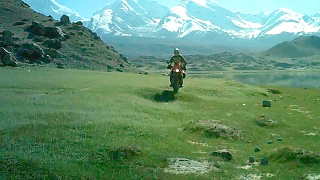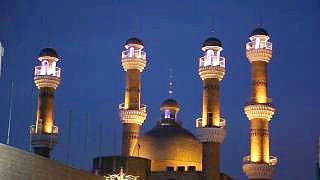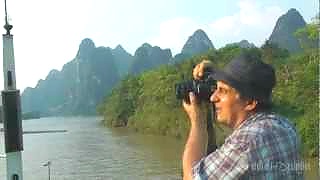With DianXi XiaoGe ...
[640],shadow=true,start=,stop=
Live more ...
 Summer in the YunNan countryside – fabric dyeing with plants, and more …
Summer in the YunNan countryside – fabric dyeing with plants, and more …With DianXi XiaoGe ...
[640],shadow=true,start=,stop=

|
BeiHai Park 北海公园 ...
Grand View Garden / DaGuanYuan 大观园 ...
|

|
With Little Chinese Everywhere ...
Amazing infrastructure in HuNan province ...
Don't look down !
|

|
From the Himalayas to the Gobi Desert ...
|

|
|

|
An amazing, beautiful film by Jeffrey Poon ...
|

|

|
With Sticker Travel.
The second film shows scenes from the dances at the XinXiang International Bazaar Theater in Urumqi.
|

|